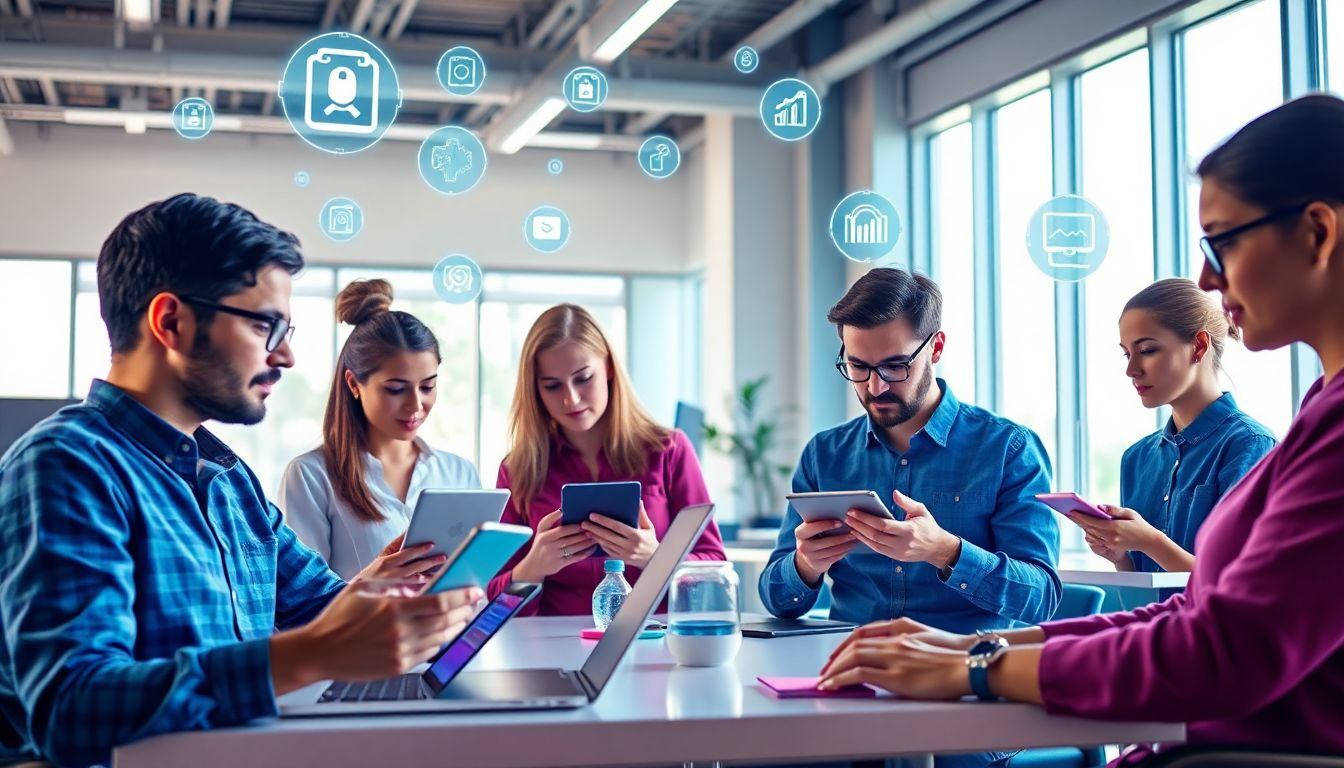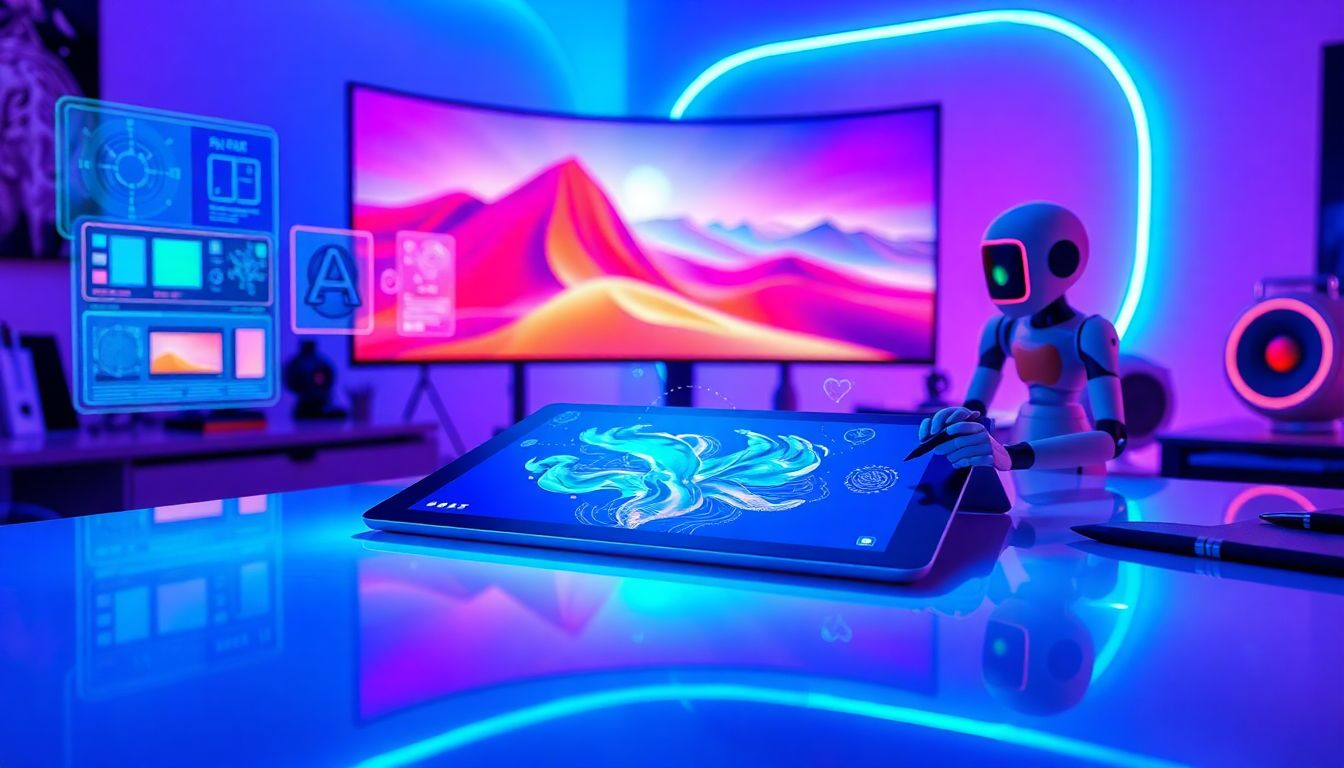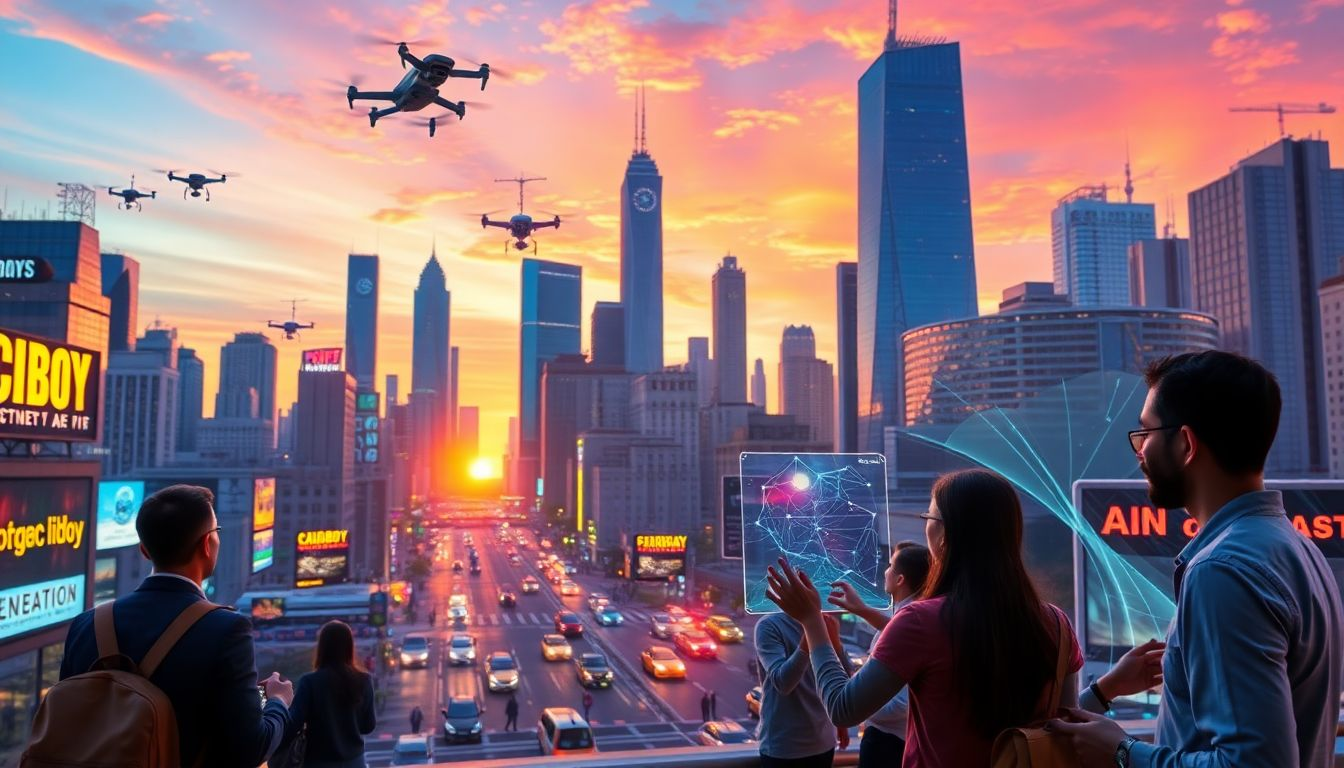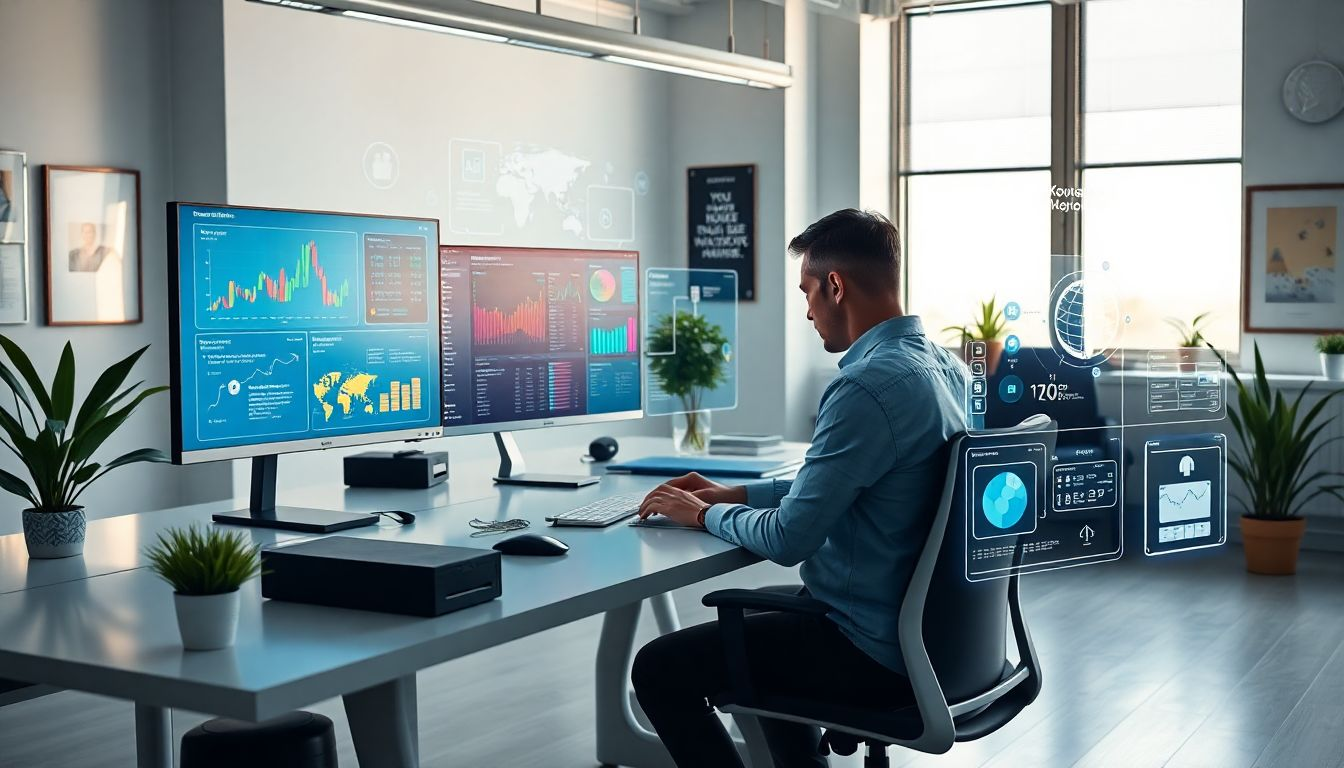
Best Free AI Tools for Beginners in 2025
Discover the top free AI tools for beginners in 2025, perfect for those just starting their AI journey.
Read More →Step into the future of creativity with our guide to AI-powered creative tools revolutionizing digital art in 2025. From generative art platforms and AI-enhanced design software to tools for creating stunning visuals, music, and animations, this blog explores how AI is empowering artists and hobbyists alike. Discover how these innovative tools are breaking boundaries, democratizing creativity, and ushering in a new era of artistic expression.

Digital art is evolving rapidly. Art that required years of practice is now possible in minutes, courtesy of AI-driven tools. These new works are disrupting the way artists, designers, and content creators function. Rather than following old steps, many are now adopting AI to tap into fresh ideas and methods. This transition makes art more accessible and opens up what's possible. It's as if every artist has a new paintbrush – one that thinks and evolves with them. Today, AI isn't only a technological trend. It's on its way to becoming an integral part of creative work globally.
AI's journey into art began with small experiments. The programmers dabbled with basic algorithms in the early 2000s. Flash forward, and AI started creating images that were almost as good as human-crafted ones. More sophisticated models came along that incorporated tools that create amazing, one-of-a-kind artwork. Today, AI-generated art is ubiquitous—from digital galleries to large corporations. It's not just a hobby anymore; it's a big part of the creative world.
The worldwide market for AI art is expanding extremely quickly. Its value in 2023 was estimated at about $1.2 billion. Experts predict it will reach over $4 billion within five years. Increasing numbers of businesses are buying into AI art technology, and numerous new startups are emerging. This growth demonstrates how much people believe in AI as a viable means of making and innovating.
Recent polls indicate that 35% of creatives now employ AI tools at least occasionally. Among young creatives, it rises to well above 60%. For many, AI is a means to try, take risks, or seek out new ideas. When questioned, most creatives explain that AI assists when they get stuck or need ideas in a hurry. Clearly, AI is becoming a familiar companion in the art studio.
Generative AI employs something referred to as Generative Adversarial Networks, or GANs. It uses these to create original work of art. Such systems learn from millions of images before creating new works. Tools such as Artbreeder and Runway ML enable people to make portraits, landscapes, and abstractions with ease. They transform simple inputs into intricate, captivating images.
AI-powered design tools assist in designing logos, posters, and digital artwork. Adobe Photoshop, for example, has AI capabilities that can automatically remove background or improve picture quality. Canva applies AI to recommend layouts and color combinations. These tools allow for professional designs to be made more easily available even to novices.
AI video editing and animation are revolutionizing the way content is produced. Tools such as DeepMotion automate character movements using AI. Ebsynth can transform an image into a short animated video. These are time-saving tools and let creators concentrate on storytelling without worrying about technical aspects.
AI can also inspire. It creates color schemes, doodles, or concept art from keywords or subjects. DALL·E and Midjourney transform word prompts into exact images. They enable artists to visualize new potential and move from white paper to completed work quicker.
AI provides artists with new methods to experiment. AI can create infinite iterations, assisting users in discovering their style. Artists have many tales about how AI took their work to the next level. To capitalize on these tools, attempt to blend traditional techniques with AI-produced concepts. At times, an easy prompt may produce innovative masterpieces.
AI brings good art within everyone's reach. No highfalutin training required. AI art communities are fast growing. Individuals post their AI art on social media, compete in competitions, and even organize novice workshops. This presents opportunities for amateurs to be creative.
When AI produces art, issues of ownership come into play. Who does an AI-generated image belong to? The user, the creator of the software, or both? Others fear AI could Copy other artwork too accurately, creating copyright problems. At this changeover, artists emphasize the need for honesty and originality. Honest use of AI keeps art honest and significant.
Choose an AI tool which suits your skill level and purpose. For beginners, easy-to-use platforms such as Canva or DALL·E are ideal. Experienced users may use Artbreeder or Runway ML for finer control. Costs are also important—most AI tools are free or inexpensive but do verify what they have in the package.
Begin small. Employ AI to create ideas first and then fine-tune them with conventional methods. For instance, produce several background options using AI and then select the most appealing to further develop. Experiment frequently. Combine AI outputs with sketches, images, or hand-drawn objects to give your work personality.
Regularly visit blogs, forums, and social media platforms focused on AI art. Subscribe to online communities to know about new tools and releases. Stay alert for emerging features and innovations. The technology is rapidly evolving, and knowing everything keeps you ahead.
Artificial intelligence will become more intelligent and innovative, predicts industry insiders. Expect AI to work alongside humans on large projects, combining the best of both worlds. Imagine AI as a creative ally, rather than a device. It may also turn art exhibitions more interactive, with AI producing dynamic works of art. The future promises more tailored, more inclusive art experiences where everyone can join in.
AI-assisted creative tools are revolutionizing the way digital art is created. They provide new means of expressing ideas, transcending limitations, and making work accessible around the world. As technology advances, innovation must be balanced with ethical measures. AI isn't replacing painters; it's increasing their arsenal. If this change is accepted, anyone can have unlimited creative potential.

Discover the top free AI tools for beginners in 2025, perfect for those just starting their AI journey.
Read More →
Discover the most impactful AI trends that are shaping the future of technology and business in 2025.
Read More →
Explore the most effective AI-powered tools that can help you work smarter and achieve more in less time.
Read More →